The Complete THCA Lab Testing Process: From Sample to Results
If you've ever wondered how THCA lab testing works, you're not alone. The journey from raw cannabis flower to a certified Certificate of Analysis (COA) remains a mystery to many business owners, cultivators, and consumers. Understanding the THCA testing process isn't just about satisfying curiosity—it's essential for businesses operating in the regulated cannabis market.
Whether you're a cultivator preparing your first batch for testing, a processor ensuring product compliance, or a retailer verifying product quality, knowing what happens behind laboratory doors empowers you to make informed decisions. The cannabis lab testing procedure involves multiple critical steps, each designed to ensure accuracy, reliability, and regulatory compliance.
This comprehensive guide walks you through the entire step by step cannabis testing process, from the moment you collect your sample to the digital delivery of your COA. We'll explore proper sampling techniques, laboratory workflows, analytical chemistry methods, and quality control measures that ensure your THCA analysis methodology meets industry standards.
By understanding what happens during THCA testing, you'll be better equipped to streamline your operations, anticipate timelines, and communicate effectively with your testing laboratory. Let's pull back the curtain on this essential process and discover exactly how THCA is tested in professional laboratories.
Sample Collection and Preparation: The Foundation of Accurate Testing
The accuracy of your final COA begins long before your sample reaches the laboratory. Proper sample collection represents the most critical step in the entire THCA testing process, as errors at this stage cannot be corrected through analytical chemistry.
Representative Sampling Techniques
Representative sampling ensures that your test sample accurately reflects the entire batch. For flower products, this means collecting samples from multiple locations within the lot—top, middle, and bottom sections of containers, different plants, or various portions of the harvest. A single bud from one plant cannot represent an entire batch's cannabinoid profile.
Most regulatory frameworks require incremental sampling, where you collect small portions from throughout the batch and combine them into a single composite sample. This approach accounts for natural variation in cannabinoid distribution throughout the plant material. For THCA analysis methodology, laboratories typically require 3-5 grams of flower material, though this varies by testing facility and the scope of analysis requested.
Sample Size and Quantity Requirements
Different tests require different sample quantities. Basic cannabinoid potency testing generally requires 3-5 grams, while comprehensive testing panels that include pesticides, heavy metals, microbials, and terpenes may require 10-15 grams total. When planning your sample collection, always check with your laboratory about their specific requirements to avoid delays from insufficient material.
Handling and Storage Protocols
Once collected, samples must be handled carefully to preserve their chemical integrity. THCA is relatively stable but can degrade into THC with heat, light, or extended storage. Store samples in airtight, light-resistant containers at room temperature or cooler. Avoid plastic bags when possible, as trichomes can stick to plastic surfaces, potentially affecting potency readings.
Label each sample clearly with batch identifiers, collection date, and product information. This documentation becomes part of the chain of custody process that tracks your sample throughout its journey.
Chain of Custody Documentation
Chain of custody forms document every person who handles your sample from collection to testing. This critical quality control measure ensures sample integrity and provides legal protection for both you and the laboratory. Your chain of custody documentation should include:
- Sample collector's name and signature
- Collection date and time
- Sample identification numbers
- Batch or lot numbers
- Number of samples collected
- Tests requested
- Transfer dates and signatures
Many modern laboratories provide digital chain of custody systems that streamline this documentation process while maintaining compliance with regulatory requirements.
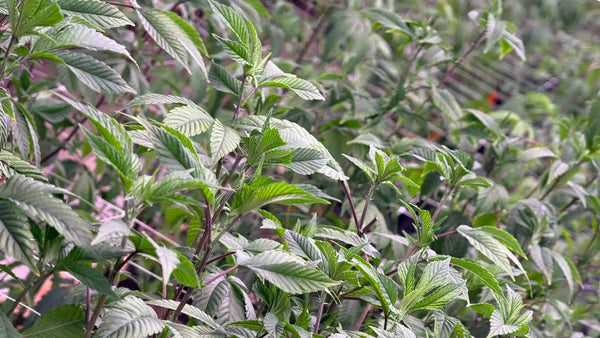
Shipping and Receiving: Safe Transit to the Laboratory
Once your samples are properly collected and documented, they must reach the laboratory safely. The shipping phase of the cannabis lab testing procedure involves specific requirements to maintain sample integrity and comply with transportation regulations.
Packaging Requirements
Proper packaging protects your sample during transit and prevents cross-contamination. Use rigid containers that won't crush during shipping—glass jars or hard plastic containers work well. Place samples in sealed bags first, then cushion them with bubble wrap or packing material. Include all chain of custody documentation and testing request forms inside the package, preferably in a sealed plastic sleeve to protect against moisture.
Temperature-sensitive samples may require cold shipping with ice packs, though this is typically unnecessary for standard cannabinoid testing. However, microbial and terpene testing often benefits from expedited, temperature-controlled shipping to preserve volatile compounds and prevent bacterial growth.
Shipping Regulations and Compliance
Cannabis shipping regulations vary significantly by jurisdiction. Many laboratories provide prepaid shipping labels that comply with local and federal regulations. Hemp samples (containing less than 0.3% total THC) generally ship via standard carriers, while marijuana samples may require specialized courier services depending on your state's regulations.
Never ship cannabis products through USPS, as this remains federally illegal. Use private carriers like FedEx or UPS for hemp, or state-licensed couriers for marijuana samples. Include all required state tracking documentation, such as Metrc tags or manifest forms, to maintain regulatory compliance throughout the laboratory testing workflow.
Laboratory Reception Process
When your sample arrives at the testing facility, laboratory staff perform immediate integrity checks. They verify that packaging remains intact, samples show no signs of degradation or contamination, and temperature-sensitive items arrived within acceptable ranges. Any anomalies are documented and communicated to the client before testing proceeds.
The receiving team scans all documentation, assigns unique laboratory identification numbers, and enters samples into the Laboratory Information Management System (LIMS). This digital tracking system manages every sample throughout its journey through the laboratory, creating an electronic record that complements the physical chain of custody documentation.
Laboratory Intake Process: Registration and Initial Evaluation
The intake process represents your sample's official entry into the laboratory testing workflow. This systematic approach ensures every sample receives proper attention, tracking, and handling throughout the analytical process.
Sample Registration and Tracking
Upon receipt, laboratory staff assign each sample a unique identification number that follows it through every testing phase. This number links to all associated data: client information, requested tests, collection details, and eventually, analytical results. Modern LIMS platforms use barcode or RFID tracking, allowing instant status updates and location tracking within the facility.
The registration process captures critical metadata: sample type (flower, concentrate, edible), requested analyses, priority level, and any special handling instructions. This information determines the sample's path through the laboratory and helps technicians prepare appropriate extraction methods and analytical protocols.
Visual Inspection Procedures
Before testing begins, trained staff conduct thorough visual inspections. They examine samples for obvious contamination, moisture content, unusual coloration, or foreign materials. These observations are documented in the sample record and may trigger additional communication with clients if concerns arise.
For sample preparation cannabis testing, visual inspection also assesses whether sufficient material is present for requested tests and whether the sample appears representative of the described batch. Anomalies at this stage can prevent wasted time and resources on samples that may not produce reliable results.
Queue Management and Priority Handling
Standard processing follows a first-in, first-out approach, though most laboratories offer expedited testing for time-sensitive needs. Your sample enters a queue based on its priority level and the testing schedule. Laboratories typically batch similar tests together for efficiency, running multiple samples through the same analytical procedure simultaneously.
Understanding queue management helps set realistic expectations for turnaround times. Standard processing typically takes 5-10 business days, while rush services may deliver results in 24-48 hours for an additional fee. Complex testing panels requiring multiple analytical methods naturally take longer than simple potency testing.
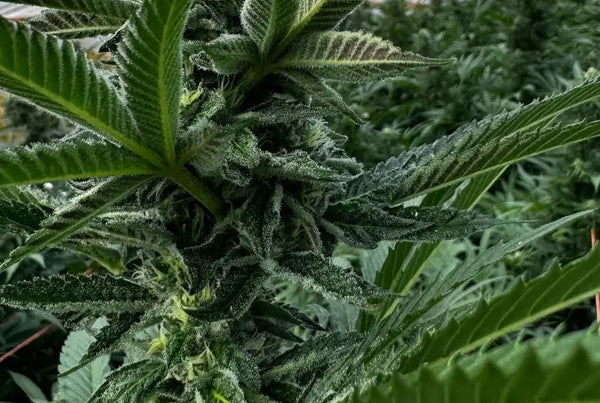
Sample Preparation in the Lab: Creating Testable Material
Once samples clear intake procedures, they move to the preparation area where sample preparation cannabis protocols transform raw material into forms suitable for analytical testing. This phase is critical for the HPLC testing process and other analytical methods.
Grinding and Homogenization
Cannabis flower must be ground to a uniform consistency before testing. This homogenization ensures that the small portion actually tested (typically 100-500 milligrams) accurately represents the entire sample. Laboratory-grade grinders reduce flower to a fine, consistent powder, mixing the material thoroughly to account for variations in cannabinoid distribution between different plant structures.
Homogenization is particularly important for THCA testing process accuracy because THCA concentrations vary significantly between trichome-rich flowers and stem material. Without proper grinding and mixing, test results might reflect only a portion of the sample rather than its true average composition.
Extraction Procedures
After homogenization, technicians must extract cannabinoids from the plant matrix. This extraction methods process dissolves cannabinoids into a solution suitable for instrumental analysis. The specific extraction protocol varies based on the analytical method and compounds being tested.
For cannabinoid analysis, laboratories typically use a weighed portion of ground sample (around 100-200mg) and add it to a solvent in a sealed container. The mixture undergoes agitation—either manual shaking, ultrasonic treatment, or mechanical stirring—to facilitate cannabinoid transfer from plant material to solution.
Solvent Selection for THCA Analysis
The choice of extraction solvent significantly impacts testing accuracy. For how THCA is tested, laboratories typically use organic solvents like ethanol, methanol, or acetonitrile. These solvents effectively dissolve cannabinoids while maintaining THCA stability.
Ethanol is popular because it extracts cannabinoids efficiently without converting THCA to THC during the extraction process. Some methods use acetonitrile for its excellent chromatographic properties and complete cannabinoid recovery. The solvent must be high purity (HPLC-grade or better) to avoid introducing contaminants that could interfere with analysis.
After extraction, solutions are typically filtered through syringe filters (0.45 or 0.22 micron) to remove particulates that could clog analytical instruments or interfere with detection. The filtered extract then proceeds to instrumental analysis.
Quality Control Measures
Throughout sample preparation cannabis procedures, multiple quality control testing checkpoints ensure process integrity. Laboratories run method blanks (solvent only, no sample) to verify that preparation procedures don't introduce contamination. They also prepare and test reference standards—samples containing known cannabinoid concentrations—to verify that extraction procedures recover expected amounts.
These quality control samples run alongside client samples throughout the analytical process, providing real-time verification that the laboratory testing workflow performs within acceptable parameters.
Analytical Testing: The Heart of the THCA Testing Process
The analytical testing phase represents the most technically sophisticated part of the THCA testing process. This is where analytical chemistry principles and advanced instrumentation combine to measure cannabinoid concentrations with precision and accuracy.
HPLC Methodology for THCA Testing
High-Performance Liquid Chromatography (HPLC) has become the gold standard for how THCA is tested because it operates at room temperature, preventing the thermal decarboxylation that converts THCA to THC. This preservation of the acidic cannabinoid form provides accurate measurements of THCA concentrations in raw cannabis.
The HPLC testing process works by injecting a small volume of sample extract (typically 1-10 microliters) into a flowing stream of solvent called the mobile phase. This mobile phase carries the sample through a column packed with tiny silica particles (the stationary phase). Different cannabinoids interact with the stationary phase differently, causing them to move through the column at different speeds and exit at different times.
As each cannabinoid exits the column, it passes through a detector—typically a UV or diode array detector (DAD) that measures light absorption at specific wavelengths. THCA absorbs UV light at approximately 228 nanometers, producing a signal proportional to its concentration. The detector output creates a chromatogram, a graph showing detector response over time, with each peak representing a different cannabinoid.
Instrument Calibration and Standards
Before analyzing client samples, technicians must calibrate the HPLC system using certified reference standards. These standards contain precisely known concentrations of THCA and other cannabinoids, purchased from accredited suppliers. By analyzing a series of standards at different concentrations, the laboratory creates a calibration curve—a mathematical relationship between detector response and concentration.
Proper calibration is essential for accurate THCA analysis methodology. Laboratories typically run calibration standards at the beginning of each analytical batch and verify calibration accuracy with quality control standards throughout the run. If standards fall outside acceptable ranges, the system requires recalibration before continuing.
Running the Analysis
During an analytical batch, the HPLC system processes samples sequentially. Modern autosamplers can process 100+ samples unattended, drawing sample from vials, injecting precise volumes, and managing wash cycles between samples to prevent carryover.
Each chromatography run takes approximately 10-20 minutes depending on the method. Laboratories optimize methods for efficiency while ensuring complete separation of all cannabinoids of interest. Some methods separate and quantify 10+ cannabinoids in a single run, including THCA, THC, CBD, CBDA, CBG, CBC, CBN, and others.
Data Collection and Processing
As the instrument runs, specialized software collects detector signals and constructs chromatograms. After the run completes, analysts integrate peaks—calculating the area under each peak curve—which directly correlates to cannabinoid amount. The software compares these peak areas to the calibration curve to determine concentrations.
For what happens during THCA testing, the analyst identifies the THCA peak based on its retention time (when it exits the column) and spectral characteristics (its UV absorption pattern). The software calculates THCA concentration in the extract solution, then back-calculates to determine concentration in the original dried flower sample.
Results are typically reported as percentages by weight (% w/w) on a dry weight basis. For example, flower testing at 20% THCA contains 200 milligrams of THCA per gram of dried material.
Quality Assurance and Quality Control (QA/QC)
Throughout the analytical chemistry process, rigorous quality control testing ensures result reliability. Each analytical batch includes:
- Calibration verification samples: Reference standards run as unknowns to verify calibration accuracy
- Matrix spikes: Client samples spiked with known amounts of cannabinoids to verify recovery
- Duplicate samples: The same sample prepared and analyzed twice to assess precision
- Method blanks: Solvent only to verify no contamination
- Continuing calibration verification: Standards run throughout the batch to verify stability
If any quality control sample fails acceptance criteria, the entire batch may require reanalysis. This rigorous approach ensures that every reported value meets quality standards and accurately reflects the sample's true composition.
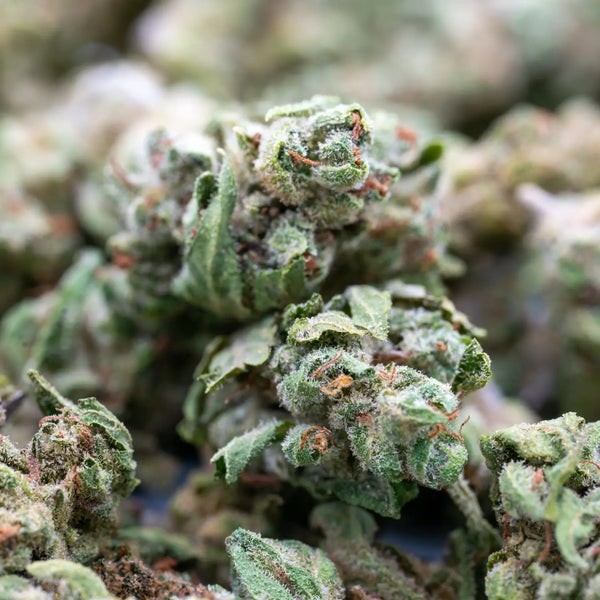
Results Review and COA Generation: From Data to Documentation
After analytical testing completes, results enter a comprehensive review process before reaching clients. This multi-level verification represents a critical component of the from sample to COA process, ensuring that reported values are accurate, defensible, and compliant with regulatory requirements.
Data Analysis and Calculations
The initial analyst reviews raw chromatograms for peak quality, integration accuracy, and potential interferences. They verify that all quality control samples met acceptance criteria and that no instrument malfunctions occurred during analysis. Any anomalies trigger investigation and potential reanalysis.
Calculations convert peak areas to concentrations using calibration curves, then adjust for dilution factors and sample weights to report final values. For THCA, laboratories may also calculate "total potential THC"—the THC that would result if all THCA decarboxylated during consumption. This calculation uses the formula: Total Potential THC = THC + (THCA × 0.877), where 0.877 accounts for the molecular weight difference between THCA and THC.
Multi-Level Review Process
After initial analysis, results undergo multiple review stages. A senior analyst or laboratory supervisor reviews the data, checking calculations, quality control results, and regulatory compliance. They verify that results make sense given the sample type and previous batch history if available.
This review process catches potential errors before they reach clients. For example, if a hemp sample shows THC levels above legal limits, reviewers might flag it for confirmatory reanalysis to ensure accuracy before delivering potentially product-disqualifying results.
COA Creation and Formatting
Once results pass review, the laboratory generates a Certificate of Analysis (COA). This document presents testing results in a clear, professional format that includes:
- Laboratory and client identifying information
- Sample identification and description
- Test methods used
- Results for all requested analyses
- Quality control data demonstrating result reliability
- Laboratory certification and accreditation information
- Analyst signatures and review approvals
- Testing dates and report issuance date
The COA generation process may include additional calculations like moisture content adjustments or pass/fail determinations based on regulatory limits. Many laboratories customize COA formats based on client preferences or state requirements.
Digital Delivery Methods
Modern laboratories deliver COAs digitally, typically via secure client portals, email, or both. Digital delivery accelerates the from sample to COA process and provides convenient access to historical results. Many laboratory portals include features like QR code generation, allowing consumers to scan product labels and instantly access full testing data.
Some laboratories integrate with state tracking systems, automatically uploading results to compliance databases. This integration streamlines regulatory reporting and reduces administrative burden for cannabis businesses.
Turnaround Times: Managing Expectations and Timelines
Understanding turnaround time expectations helps businesses plan inventory management, product releases, and compliance schedules. The time from sample submission to COA delivery varies based on several factors.
Standard Processing Times
Most cannabis laboratories offer standard turnaround of 5-10 business days for basic potency testing. This timeline includes sample intake (1 day), queue time (2-4 days), preparation and analysis (1-2 days), and review/COA generation (1 day). These timelines assume the laboratory operates at normal capacity without unusual backlogs.
Comprehensive testing panels requiring multiple analytical methods naturally extend timelines. A full panel including cannabinoids, terpenes, pesticides, heavy metals, mycotoxins, and microbials might require 10-15 business days, as different tests run on different instruments with separate preparation procedures.
Rush Testing Options
When time-sensitive situations arise—such as meeting retail delivery deadlines or addressing customer concerns—most laboratories offer expedited testing. Rush services typically deliver results in 24-48 hours for additional fees. These services prioritize sample processing, moving samples to the front of queues and potentially running analyses outside normal batches.
Rush options work well for simple potency testing but may not be available for complex testing panels. Additionally, laboratories may limit rush services during peak seasons (like harvest time) when overall sample volume exceeds capacity.
Factors Affecting Processing Speed
Several factors influence how quickly your sample moves through the laboratory testing workflow:
- Sample quality: Properly prepared, documented samples process faster than those requiring additional preparation or documentation clarification
- Testing complexity: Simple potency testing completes faster than multi-method comprehensive panels
- Laboratory capacity: Peak seasons bring higher sample volumes and potentially longer wait times
- Quality control failures: If QC samples fail, reanalysis extends timelines
- Unusual results: Unexpected findings might trigger confirmatory testing before reporting
When to Expect Results
Most laboratories provide estimated completion dates at sample intake. These estimates account for current queue depth and scheduled maintenance or holidays. Client portals often provide real-time status updates, showing when samples progress through preparation, analysis, and review stages.
Setting realistic timeline expectations prevents unnecessary stress. If you need results by a specific date, communicate this during sample submission and inquire about rush services. Building relationships with laboratories can provide insights into their typical processing times and seasonal fluctuations, helping you plan submissions strategically.
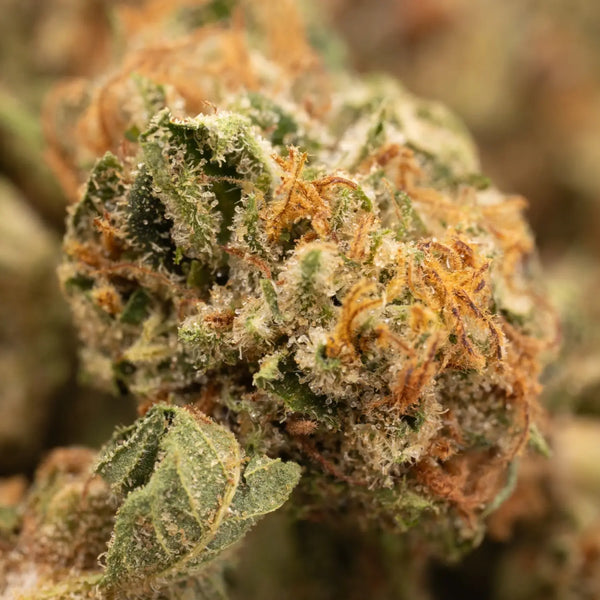
Conclusion: Mastering the Journey from Sample to Results
Understanding the complete THCA testing process empowers cannabis businesses to optimize their operations and ensure compliance. From proper sample collection through chain of custody documentation, from sophisticated analytical chemistry to comprehensive quality control testing, each step serves a critical purpose in delivering accurate, reliable results.
The typical timeline spans 5-10 business days for standard potency testing: 1 day for intake, 2-4 days in queue, 1-2 days for preparation and analysis, and 1 day for review and COA generation. Rush services can compress this to 24-48 hours when necessary.
To streamline your cannabis lab testing procedure:
- Collect representative samples from throughout your batch
- Maintain proper documentation and chain of custody
- Package samples securely with all required paperwork
- Communicate clearly about timeline expectations
- Build relationships with reputable, accredited laboratories
- Plan submissions strategically around peak seasons
When selecting a testing laboratory, ask about their accreditation status, quality control procedures, typical turnaround time, and communication practices. Understanding how THCA lab testing works helps you evaluate laboratory competence and ensures you receive the reliable data needed for regulatory compliance and quality assurance.
The step by step cannabis testing process may seem complex, but each stage exists to protect product quality, consumer safety, and business interests. By following best practices and partnering with qualified laboratories, you can navigate this process confidently and efficiently.
Ready to ensure your products meet the highest quality standards? Explore premium THCA flower that has undergone rigorous laboratory testing to deliver the potency and purity you expect.
Frequently Asked Questions About THCA Lab Testing
How long does THCA lab testing take?
Standard THCA potency testing typically takes 5-10 business days from sample submission to receiving your COA. This includes intake (1 day), queue time (2-4 days), laboratory analysis (1-2 days), and results review (1 day). Rush testing services can deliver results in 24-48 hours for additional fees. Complex testing panels requiring multiple analyses may take 10-15 business days.
What's the difference between THCA and THC testing?
THCA is the acidic precursor to THC found in raw cannabis. The key difference in testing methodology is temperature: THCA testing uses HPLC testing process at room temperature to preserve the acidic form, while THC testing may use gas chromatography (GC), which heats the sample and converts THCA to THC. HPLC provides accurate measurements of both compounds in their natural states, making it the preferred method for comprehensive cannabinoid profiling.
How much sample material do I need to send for THCA testing?
Most laboratories require 3-5 grams of flower for basic cannabinoid potency testing, including THCA analysis. Comprehensive testing panels (cannabinoids, terpenes, pesticides, microbials, heavy metals) may require 10-15 grams total. Always verify specific requirements with your chosen laboratory before shipping samples to avoid delays from insufficient material.
Can THCA convert to THC during the testing process?
When laboratories use proper HPLC testing process methodology, THCA remains stable throughout analysis. HPLC operates at room temperature, preventing the heat-induced decarboxylation that converts THCA to THC. Proper sample preparation cannabis protocols and controlled extraction methods further protect THCA stability. However, improper storage before testing (excessive heat or light exposure) can cause premature conversion.
What quality control measures ensure accurate THCA results?
Accredited laboratories implement multiple quality control testing measures: calibration verification using certified reference standards, matrix spike samples to verify recovery, duplicate analyses to assess precision, method blanks to check for contamination, and proficiency testing through third-party programs. Each analytical batch includes these controls, and results are only reported when all quality control samples meet acceptance criteria.
Why are lab results different from home testing kits?
Professional laboratory testing uses validated methods, calibrated instruments, certified reference standards, and trained analysts. Home testing kits typically use less precise methods like colorimetric tests or thin-layer chromatography that provide rough estimates rather than accurate quantification. Professional THCA analysis methodology undergoes rigorous validation and quality control, ensuring regulatory compliance and result reliability that home tests cannot match.
What information should be included on my Certificate of Analysis?
A comprehensive COA includes: laboratory and client information, sample description and identification, chain of custody documentation, test methods used, quantitative results for all cannabinoids detected, moisture content, testing date, result review date, analyst signatures, laboratory accreditation information, and pass/fail status for regulatory limits. Some COAs include QR codes linking to digital verification systems for consumer transparency.
How should I prepare my samples before shipping to the lab?
Collect representative samples from throughout your batch (top, middle, bottom; multiple plants). Grind and mix thoroughly if collecting multiple sub-samples. Store in airtight, light-resistant containers at room temperature or cooler. Label clearly with batch information. Complete all chain of custody documentation. Package securely to prevent damage during transit. Never use USPS for cannabis shipping; use private carriers for hemp or licensed couriers for marijuana samples according to your jurisdiction's regulations.
What factors affect THCA testing accuracy?
Testing accuracy depends on: representative sampling (collecting from throughout the batch), proper sample handling and storage (preventing degradation), accurate weighing during sample preparation cannabis procedures, complete extraction of cannabinoids from plant material, instrument calibration quality, analyst technique, and quality control compliance. Reputable laboratories minimize these variables through validated methods and rigorous quality control testing protocols.
Can I watch the testing process at the laboratory?
Most accredited laboratories restrict access to testing areas to maintain contamination control, sample security, and chain of custody integrity. However, many offer facility tours by appointment, showing equipment and explaining procedures without compromising active samples. Virtual tours or detailed process explanations help clients understand what happens during THCA testing without compromising laboratory operations or sample integrity.

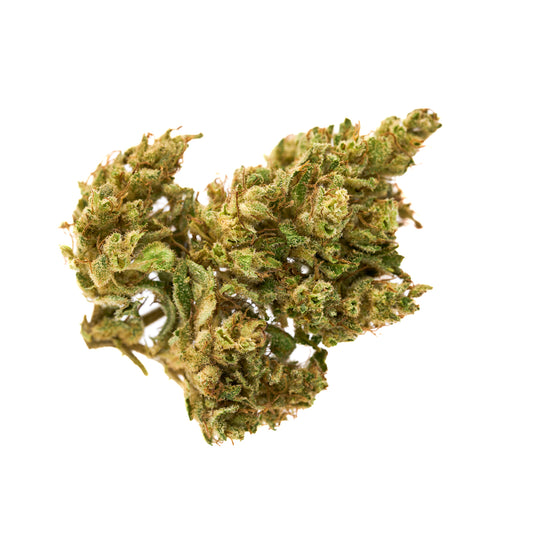
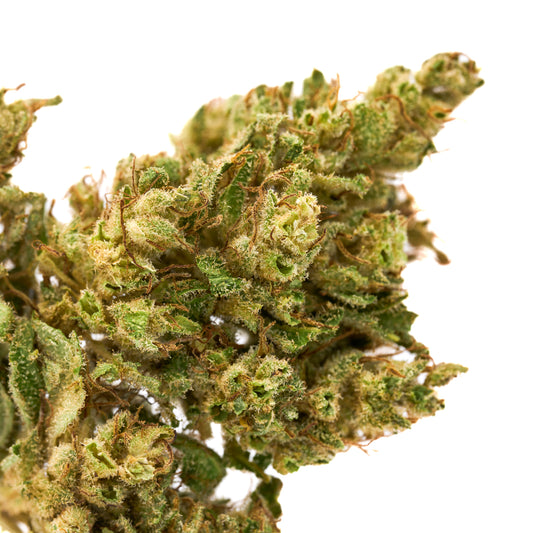
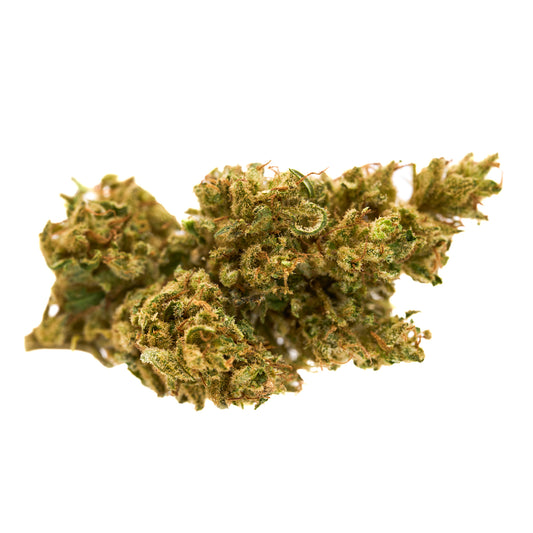
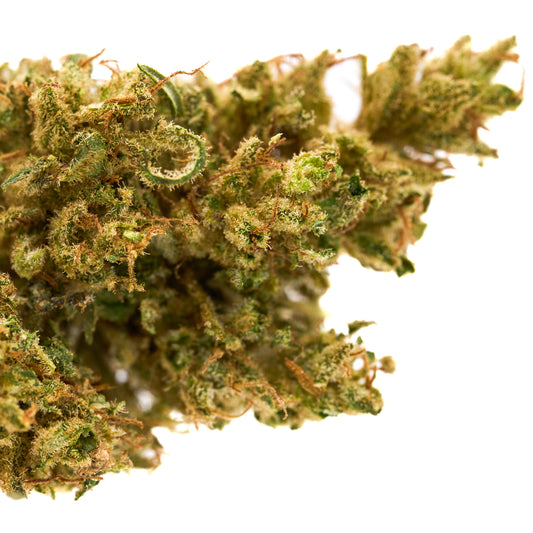
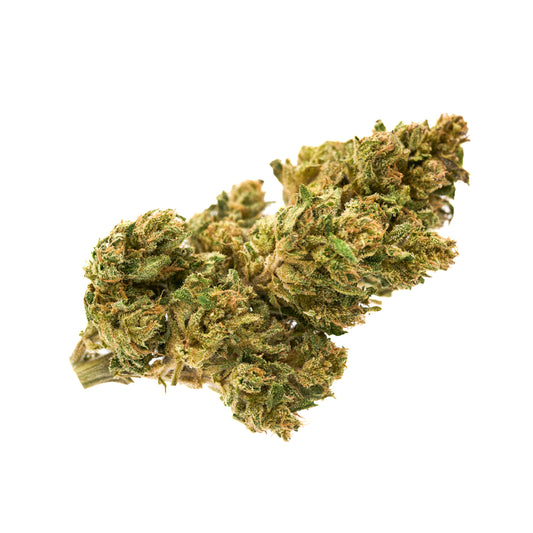
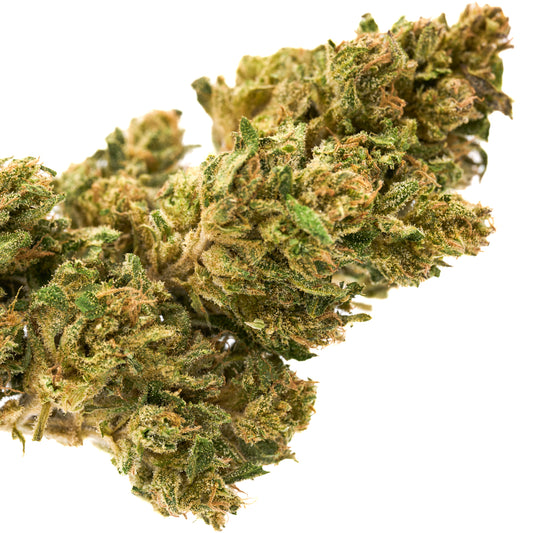



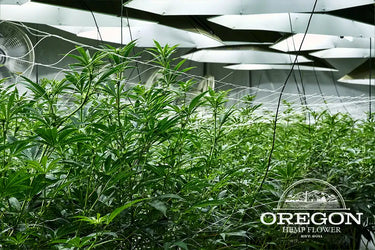

Leave a comment
Please note, comments need to be approved before they are published.